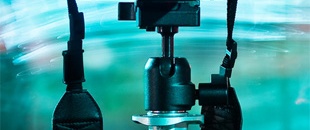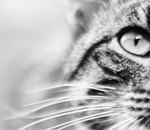
Retouching RAW Format Photos with Histograms
Histograms are like road maps. You need them in order to see where you’re going. Without them, you’re just guessing. OK, I suppose with some experience you can get a pretty accurate guess. But if you’re a perfectionist like me, you’d feel way more comfortable if you knew you nailed the shot with the perfect […]









